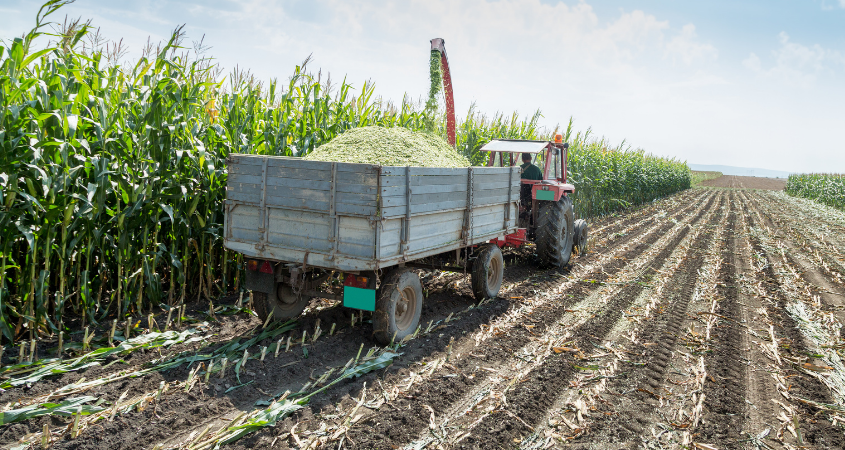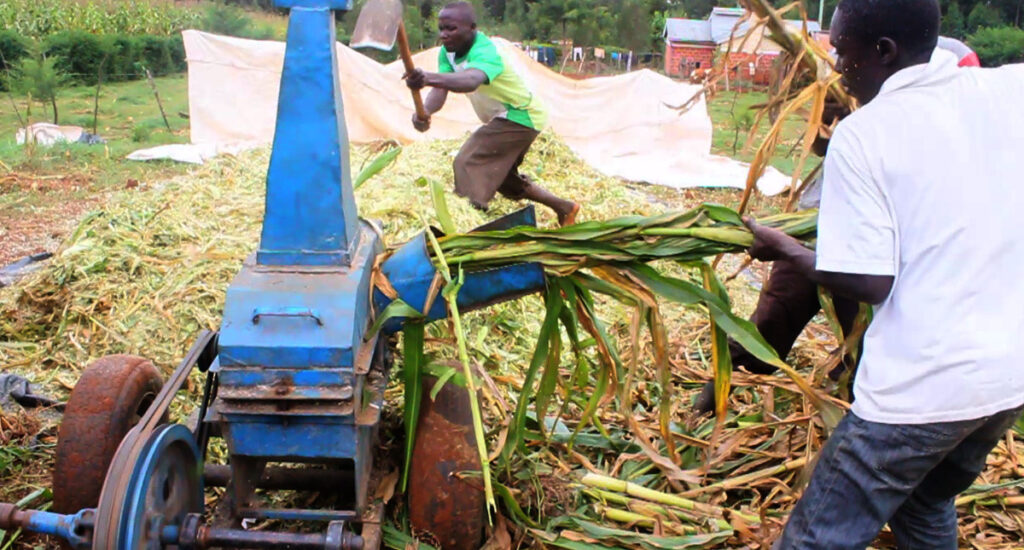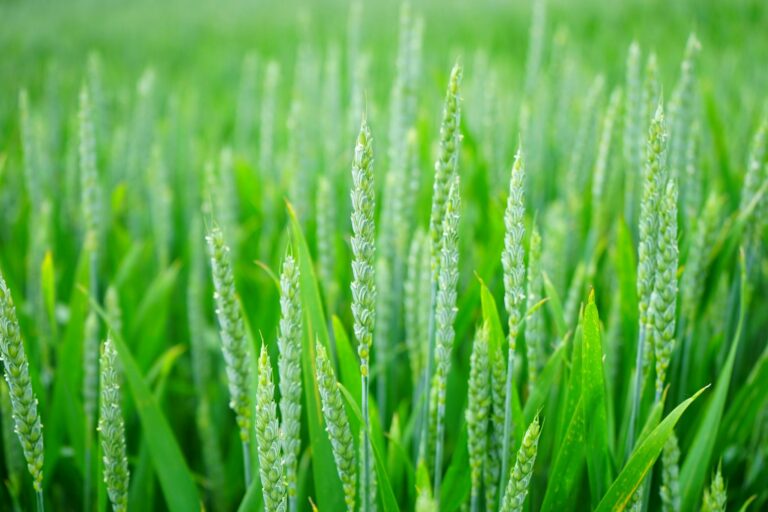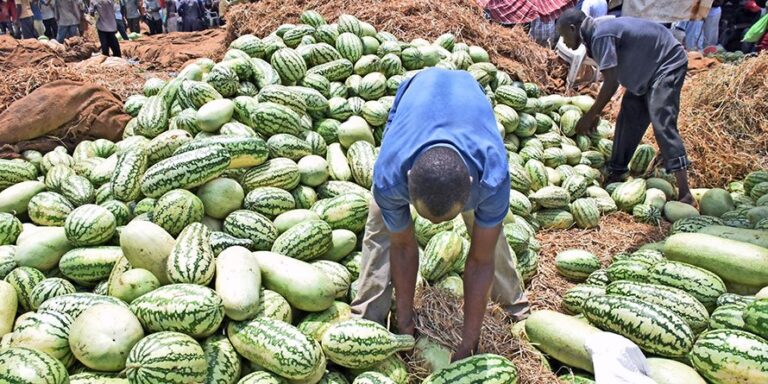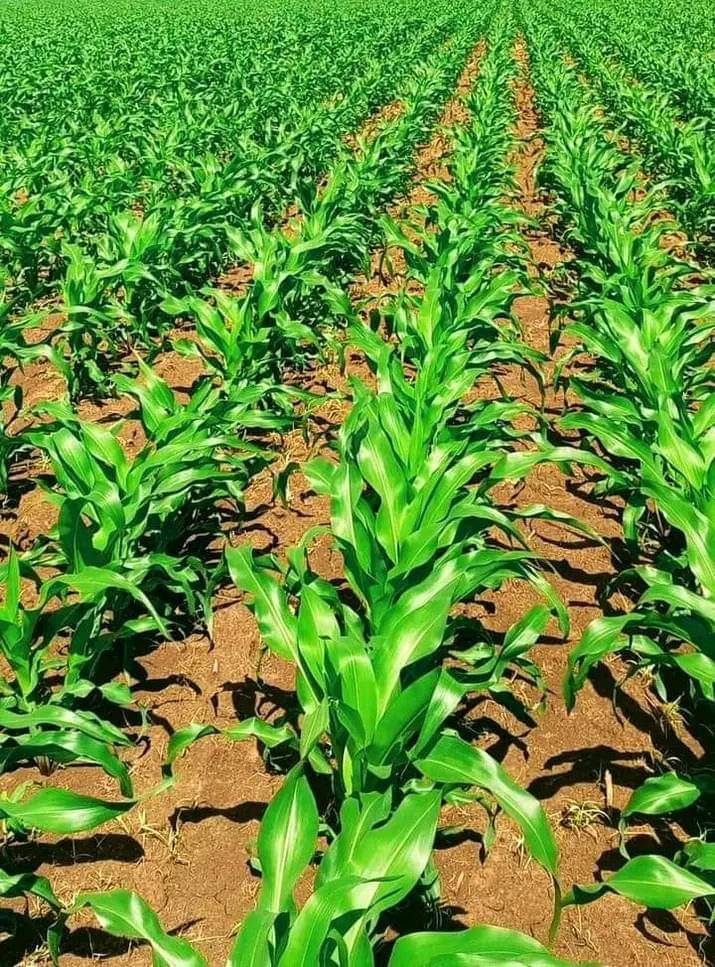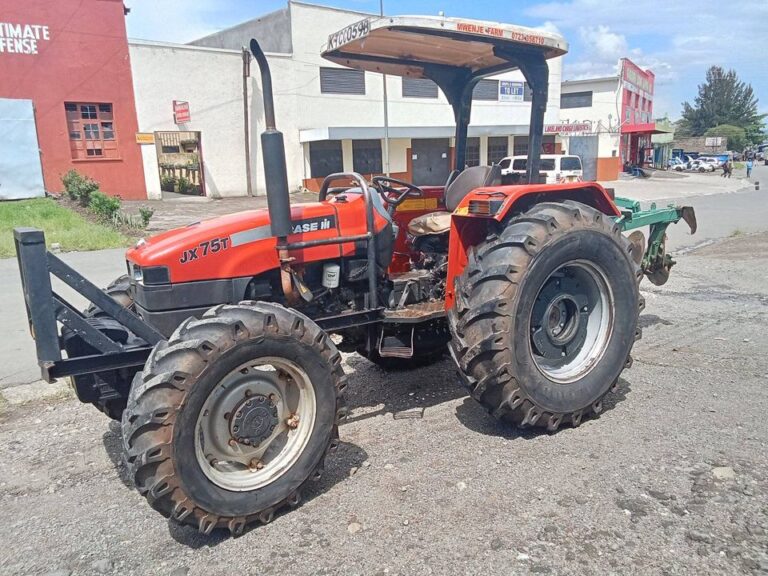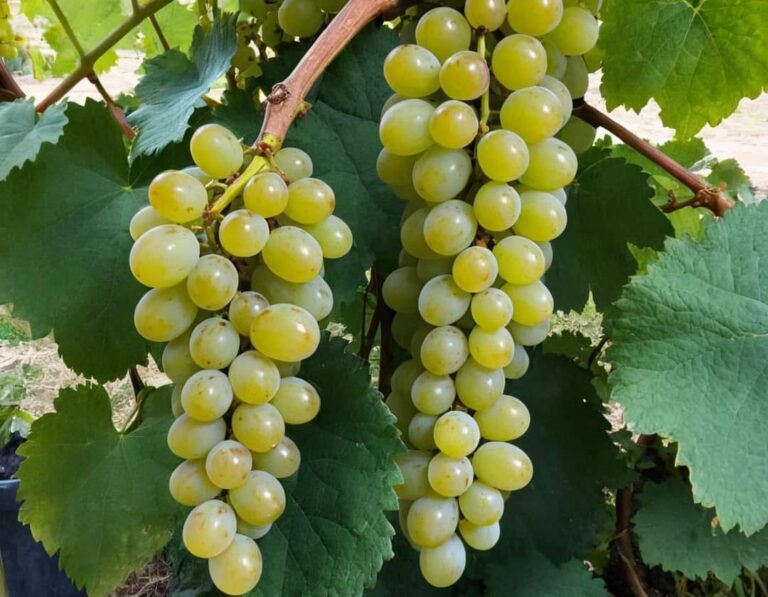How Many Tonnes of Maize Silage Per Acre In Kenya?
The average yield of maize silage per acre in Kenya typically ranges between 15 to 20 tonnes. However, yields can vary based on factors such as soil fertility, climate conditions, and agricultural practices.
This yield is achievable when maize is harvested at the appropriate stage for silage production, typically during the “tough” or “roasting” stage, which maximizes fiber and protein content.
Factors Influencing Yield
- Maize Variety: Different maize varieties have varying yields. For instance, drought-tolerant yellow maize can yield up to 20 tonnes per acre in optimal conditions.
- Agronomic Practices: Proper farming techniques, including timely planting, fertilization, and pest control, can enhance yields significantly.
- Harvesting Timing: Silage should be made when maize is at the right maturity stage to ensure high nutritional value for livestock.
Maize Silage Farming In Kenya
Silage is a type of preserved forage used for feeding livestock, particularly during times when fresh pasture might not be available. It is an essential component of modern livestock farming due to its high nutritional value and its utility in ensuring a steady supply of feed throughout the year.
In Kenya, maize silage plays a significant role in supporting the dairy and beef industries by providing a reliable source of high-energy feed.
This blog post aims to inform readers about the average tonnes of silage produced per acre in Kenya and provide insights into optimizing silage yields for better farm productivity.
What is Maize Silage?
Silage is fermented, high-moisture fodder that can be fed to ruminants such as cattle, sheep, and goats. It is produced through a process called ensiling, where crops like maize are chopped and stored in anaerobic conditions to undergo fermentation. This process preserves the nutritional content of the forage and prevents spoilage.
Maize is a preferred crop for silage production due to its high yield, energy content, and palatability. The plant’s entire biomass, including the stalks, leaves, and cobs, can be used to produce silage, making it an efficient and cost-effective feed option.
Benefits of using maize silage for livestock nutrition include:
- High energy content that supports milk production in dairy cattle and growth in beef cattle.
- Consistent feed supply throughout the year, reducing dependence on seasonal pasture availability.
- Improved feed digestibility and intake, leading to better animal health and productivity.
Factors Affecting Silage Yield
Several factors influence the yield of maize silage per acre, and understanding these can help farmers optimize their production.
Soil Quality
Soil fertility and composition play a crucial role in maize yield. Well-drained, fertile soils with adequate organic matter and balanced pH levels provide the nutrients necessary for robust plant growth.
Farmers should regularly test their soil and amend it with appropriate fertilizers and organic matter to maintain optimal soil health.
Climate
Weather conditions such as rainfall, temperature, and sunlight significantly affect maize growth. In Kenya, regions with well-distributed rainfall and moderate temperatures are ideal for maize cultivation.
However, extreme weather events like droughts or excessive rainfall can adversely impact yields. Farmers need to adapt their practices to the local climate conditions to mitigate potential risks.
Farming Practices
Proper farming practices are essential for maximizing maize silage yield. These include:
- Planting: Timely planting using optimal spacing and depth ensures healthy germination and growth.
- Fertilization: Applying the right type and amount of fertilizers at the correct growth stages supports plant nutrition and development.
- Pest and Disease Control: Implementing integrated pest management strategies helps protect the crop from harmful pests and diseases.
Average Maize Silage Yield Per Acre in Kenya
The average yield of maize silage per acre in Kenya varies depending on the region and farming practices. According to recent agricultural data, the typical yield ranges from 15 to 20 tonnes per acre under optimal conditions.
However, yields can be lower or higher depending on factors such as soil quality, climate, and crop management techniques.
For instance, regions with fertile soils and favorable climatic conditions, such as parts of the Rift Valley and Central Kenya, tend to have higher yields. In contrast, areas with less favorable conditions may experience lower yields.
Improving Silage Yields
Farmers can implement several strategies to increase their maize silage yields and improve overall farm productivity.
Crop Rotation Practices
Rotating maize with other crops helps maintain soil fertility and reduce the incidence of pests and diseases. Leguminous crops, in particular, can enhance soil nitrogen levels, benefiting subsequent maize crops.
Optimal Planting Times
Planting maize at the right time ensures that the crop receives adequate rainfall and grows under favorable weather conditions. Farmers should consider local climate patterns and aim for planting at the onset of the rainy season.
Use of High-Yield Seed Varieties
Choosing high-yield, disease-resistant maize varieties can significantly boost silage production. Farmers should select seeds that are well-adapted to their local conditions and have a proven track record of high performance.
Efficient Irrigation Methods
In regions with unreliable rainfall, efficient irrigation systems such as drip or sprinkler irrigation can ensure consistent water supply and support healthy crop growth. Proper water management is crucial for maximizing yields.
Pest and Disease Management Strategies
Implementing integrated pest management (IPM) practices, including regular monitoring, biological control, and the judicious use of pesticides, can help protect maize crops from harmful pests and diseases.
Economic Implications
Increasing silage yield per acre can have significant economic benefits for farmers. Higher yields mean more feed available for livestock, reducing the need for purchasing external feed sources. This can lead to cost savings and improved profitability.
Additionally, higher productivity can increase revenue through the sale of surplus silage to other farmers or livestock producers. By optimizing silage yields, farmers can enhance their overall farm efficiency and financial stability.
Conclusion
In conclusion, understanding the factors that influence maize silage yield and implementing best farming practices can help Kenyan farmers achieve higher productivity and profitability. By focusing on soil health, climate adaptation, and efficient crop management, farmers can maximize their silage yields and support the growing demand for high-quality livestock feed.
We encourage farmers to share their experiences and insights in the comments section below. Your feedback and questions are valuable in fostering a community of knowledge and support for sustainable farming practices.
